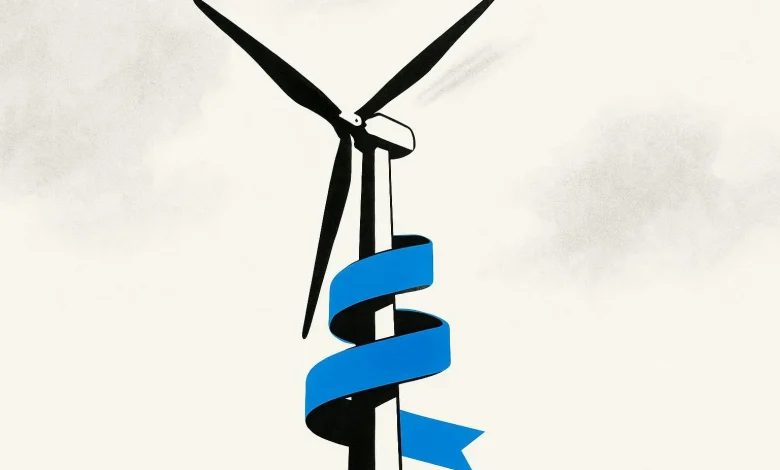Northland Power Cuts Dividend After Revenue Beats Expectations

What’s going on here?
Northland Power outperformed revenue forecasts last quarter on the back of strong wind energy output, but landed a hefty net loss and caught investors off guard by trimming its dividend.
What does this mean?
Northland Power pulled in C$554.5 million in third-quarter revenue—up 13% from last year and ahead of analyst expectations—thanks to resilient offshore wind production. But that top-line boost wasn’t enough to offset a net loss of C$455.8 million, with steep investments and rising costs weighing results down. Adjusted EBITDA of C$257 million missed forecasts, driving home the challenge renewable energy firms face when hefty project spending eats into profits. The company’s move to lower its annual dividend to C$0.72 per share frees up cash for new builds, including the delayed Hai Long project that may dent expected revenue by as much as C$200 million. Still, Northland’s management is sticking with its outlook for adjusted EBITDA of C$1.2–1.3 billion and free cash flow per share of C$1.15–1.35 in 2025, signaling cautious confidence for the future.
Why should I care?
For markets: Wind energy firms face tough investment choices.
Northland Power’s dividend cut shows how renewable energy players are choosing long-term growth over near-term payouts to cope with project delays and cost pressures. Even after trimming its dividend, the stock keeps a consensus ‘buy’ rating and trades at 16 times forward earnings—roughly where it stood three months back. With a median 12-month price target of C$28, investor optimism is holding up, but patience may be key as shifting project costs and timelines set the pace for returns.
The bigger picture: Global renewables must balance ambition and stability.
Northland’s move spotlights the uphill battle facing renewable energy worldwide: ramping up wind power requires major upfront investment and resilience in the face of project hiccups. While projects like Hai Long are crucial to meeting global clean energy goals, that ambition means financial trade-offs—including putting growth ahead of steady payouts. The sector’s juggling act is likely to continue as countries ramp up spending on the energy transition.





